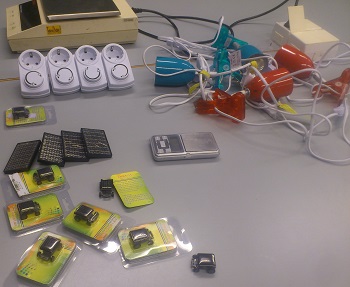Paving the way for investigations
Monday 1 September 2014

| Following footsteps 14 Apr 24 |
| Cat 2 agenda 4 Mar 24 |
| pARTicle physics 12 Feb 24 |
| Hector's House 17 Jan 24 |
| IB evaluations - What really hap… 16 Jan 24 |
| Darts (I'm still here) 9 Jan 24 |
| Nobel Prizes 2023 - and lessons … 22 Dec 23 |
| Group 4 - evaluation 26 Nov 23 |
| Is an equation necessary? 12 Nov 23 |
| Hot tub 5 Nov 23 |
| Aquaculture and kelp project - u… 3 Nov 23 |
| It's the fi-nal Group 4! 28 Oct 23 |
Monday 1 September 2014
